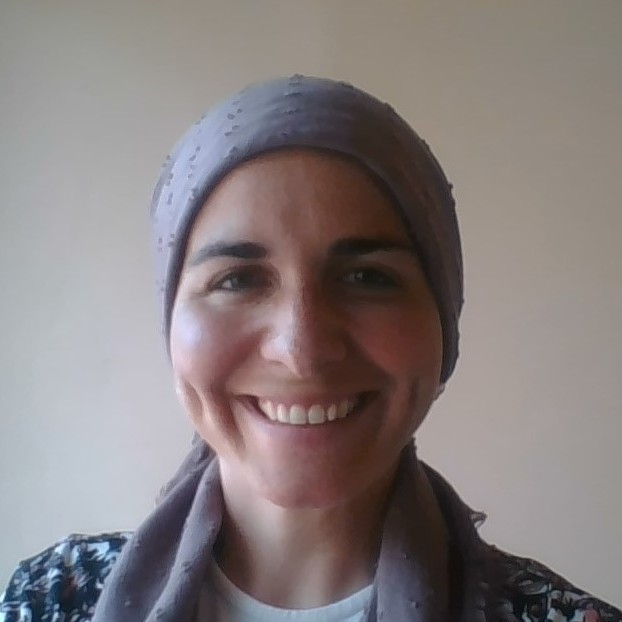חורב, שאול (עורך ראשי), ורובינוביץ, זיו (עורך) (ינואר 2108). הערכה אסטרטגית ימית רבתי לישראל 2021/22. המרכז לחקר מדיניות ואסטרטגיה ימית, אוניברסיטת חיפה
השנה נמשכה מגמת השינוי בזירה הבין־לאומית שיש לה השלכות כבדות משקל על הזירה הימית. השנה החולפת עמדה בסימן ניסיון גלובלי להתגבר על מגפת הקורונה וההאטה בפעילות הכלכלית שהיא כפתה ברחבי העולם, ולשוב לנורמליות, ככל שהחיסונים מאפשרים וזנים חדשים של הנגיף אינם כופים סגרים. השנה החלה עם חילופי ממשל בוושינגטון ששינו את מדיניות החוץ והביטחון של ארצות הברית לעומת תקופת הממשל הקודם, והדבר הקרין על הזירה הפוליטית הבין־לאומית באופן משמעותי.
השנה הייתה רוויית אירועים במרחב הימי, באזורנו וברחבי העולם, מה שמגביר את הצורך בחשיבה מערכתית, מסודרת ובין־תחומית בהקשרים הימיים. אסופת המאמרים העשירה שמופיעה בקובץ זה מציגה מגוון של נושאים – אסטרטגיים ברמה העולמית, אסטרטגיים ברמה האזורית של המזרח התיכון, כלכליים, אקולוגיים, משפטיים וניהוליים. ישנם מאמרים העוסקים בישראל ואחרים שבוחנים מדינות אחרות ויש בהם זיקה מועטה לישראל. בהערכה אסטרטגית ימית רבתי לישראל ישנם השנה 22 פרקים, וכן התקציר הזה וסיכום והמלצות.
קישור לדו"חות קודמים באתר המרכז לחקר מדיניות ואסטרטגיה ימית: https://hms.haifa.ac.il/index.php/he/annual-reports-hebrew









 ד"ר דניאל זייצ'יק היא עמיתת פוסט-דוקטורט במרכז המחקר והידע הלאומי בתחום היערכות למצבי חירום וכן במרכז מינרווה לחקר שלטון החוק במצבי קיצון באוניברסיטת חיפה. לדניאל תואר שני במדיניות ציבורית מהאוניברסיטה העברית, ואת לימודיה לדוקטורט השלימה באוניברסיטת טקסס בדאלאס, בביה"ס למדעי הכלכלה, המדינה, ומדיניות. תחומי המחקר שלה כוללים היערכות, התמודדות ושיקום ממצבי חירום, מחקרי הערכה, סיבתיות ומדידה במדעי החברה. במסגרת המרכז היא התעמקה בין השאר בהתמודדות הרשויות המקומיות עם משבר הקורונה, פיתוח מדדים לחוסן ופיתוח מרחבי והיערכות לגלי חום קיצוני. בימים אלה היא עוסקת גם בבחינת תהליכים לשיקום אחרי רעידות אדמה.
ד"ר דניאל זייצ'יק היא עמיתת פוסט-דוקטורט במרכז המחקר והידע הלאומי בתחום היערכות למצבי חירום וכן במרכז מינרווה לחקר שלטון החוק במצבי קיצון באוניברסיטת חיפה. לדניאל תואר שני במדיניות ציבורית מהאוניברסיטה העברית, ואת לימודיה לדוקטורט השלימה באוניברסיטת טקסס בדאלאס, בביה"ס למדעי הכלכלה, המדינה, ומדיניות. תחומי המחקר שלה כוללים היערכות, התמודדות ושיקום ממצבי חירום, מחקרי הערכה, סיבתיות ומדידה במדעי החברה. במסגרת המרכז היא התעמקה בין השאר בהתמודדות הרשויות המקומיות עם משבר הקורונה, פיתוח מדדים לחוסן ופיתוח מרחבי והיערכות לגלי חום קיצוני. בימים אלה היא עוסקת גם בבחינת תהליכים לשיקום אחרי רעידות אדמה.